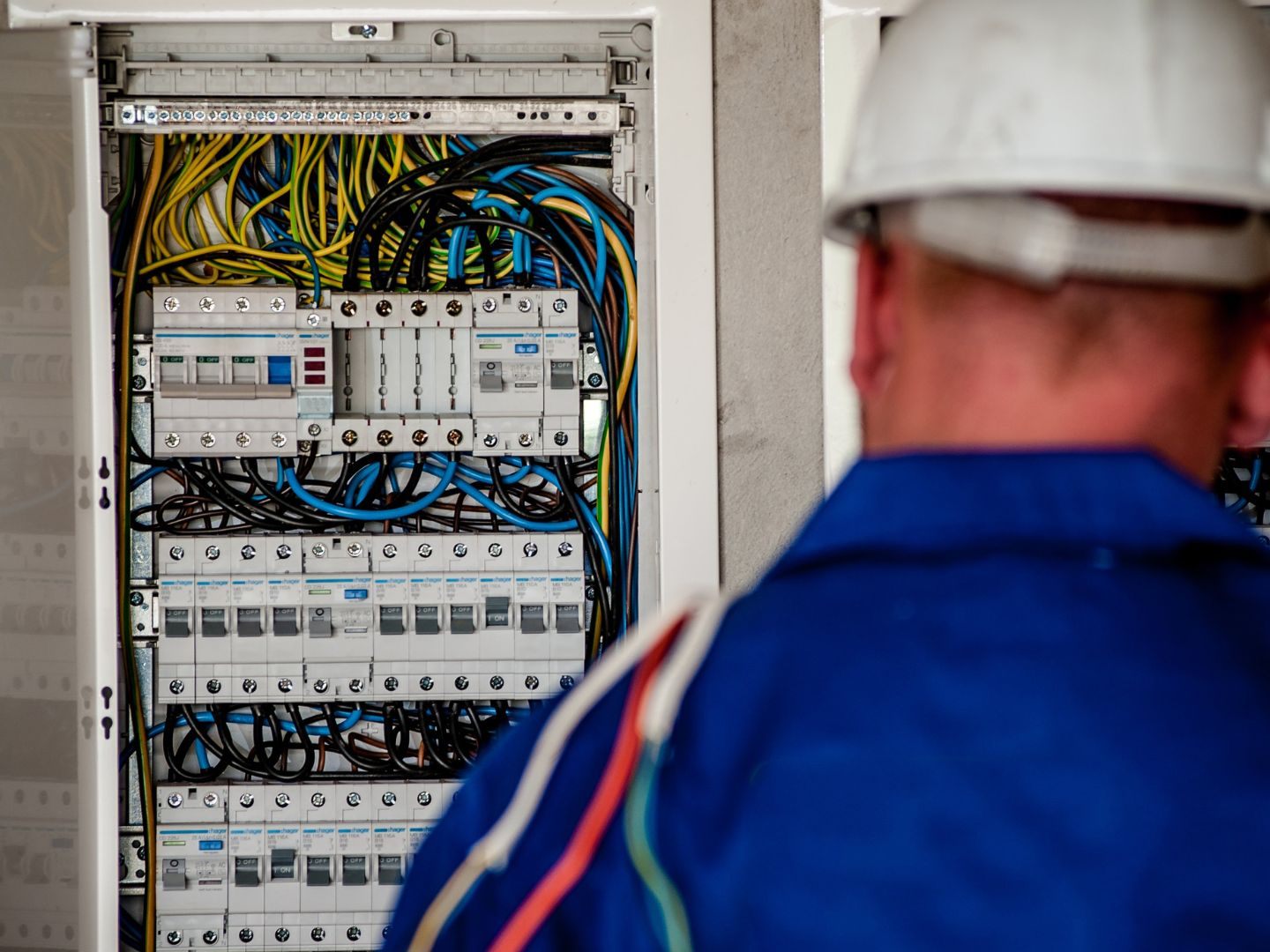New Collective Agreement for the Electrical Industry Established

The negotiating parties agreed on an increase in actual wages by 2.75 percent. However, a cap was set at 115 euros, so the average increase amounts to 2.15 percent.
Electrical Industry Agrees on Collective Agreement: 3 Percent More
Salaries and wages will increase by 3 percent - including those of apprentices. Additionally, the allowance for the second and third shifts will increase by 3 percent, as will all other allowances. Furthermore, the mileage allowance will be increased to 50 cents (0.47 cents over 15,000 kilometers).
Economically weak companies can reduce the increase to 50 percent of the actual increase over the long term through a recession clause. The remaining 50 percent can be compensated in the form of a one-time payment effective for three years or in leisure time. The leisure time option has been extended by five years. The new collective agreement is retroactively effective from May 1.
Already in January 2025, the Association of the Electrical and Electronics Industry (FEEI) presented a study by the Industrial Science Institute (IWI), which showed that in 2023 Austria was the third most expensive in the EU comparison in terms of average labor costs. The electrical and electronics industry, with an export rate of around 84 percent, was particularly affected by this. The consequences were declining order intake, a decrease in exports, and a reduction in external personnel. The situation further intensified in 2024.
"Good Compromise": Both Sides Satisfied with the Result
The employers' side offered a maximum wage and salary increase of 1.5 percent - significantly below the rolling inflation of 2.76 percent. The unions PRO-GE and GPA did not want to conclude under this annual inflation rate. However, the unions also demanded concessions in the framework law, such as easier access to the sixth week of vacation or an extension of the leisure time option. They were able to succeed in extending the leisure time option.
However, there was also a lot at stake for the employers: If no agreement was reached, there would be "industrial action," the union representatives announced.
Both sides are now satisfied with the result achieved: "The result is a good compromise for both sides with social accuracy and a view to maintaining competitiveness, which is essential for the export-strong electrical and electronics industry," noted FEEI Chairman Wolfgang Hesoun.
"The opposing positions were particularly large this time," chief negotiators Reinhold Binder (Union PRO-GE) and Eva Scherz (Union GPA) could not resist saying. But: "Despite all the difficulties, we were able to agree on fair wage and salary increases with the employers in the fifth round. Especially the low and middle income groups benefit from a permanent inflation adjustment."
Electrical Industry with as Many Employees as Social Services
In 2023, the electrical and electronics industry contributed, according to its own data, 4.4 percent of the total Austrian production value directly and indirectly. The directly generated gross value added was 9.15 billion euros, higher than that of the mechanical engineering sector, for example. "In 2023, the EEI secured a total of 160,100 jobs in Austria, which corresponds to 3.2 percent of total employment. The EEI companies themselves employed 74,291 people directly, which corresponds to the number of employees in the social services sector in Austria," calculated the IWI at the beginning of this year.
The Association of the Electrical and Electronics Industry (FEEI) represents the interests of the third largest industrial sector in Austria with around 300 companies, approximately 74,000 employees, and a production value of 24.61 billion euros (as of 2023).
(APA/Red)
This article has been automatically translated, read the original article here.





